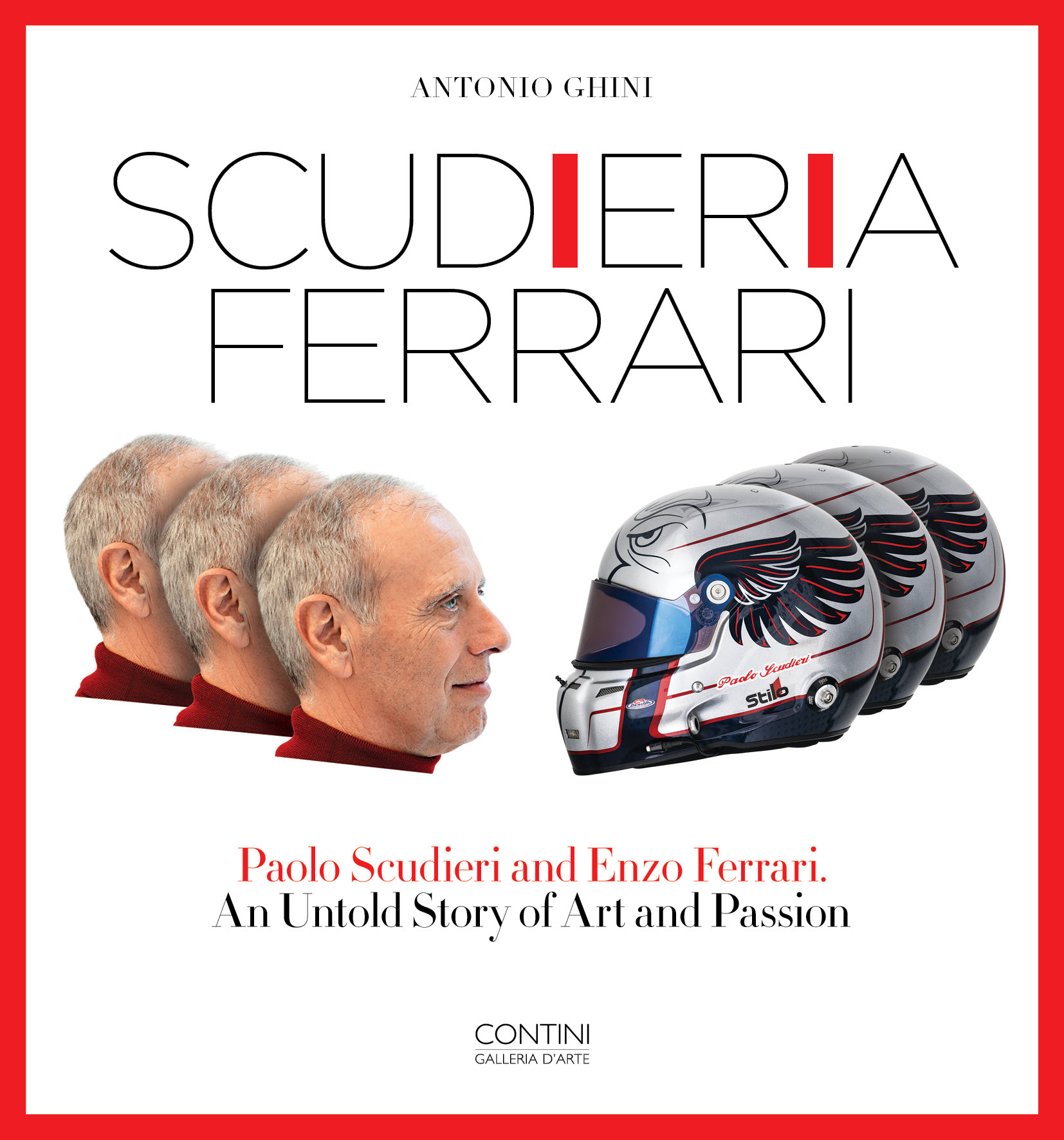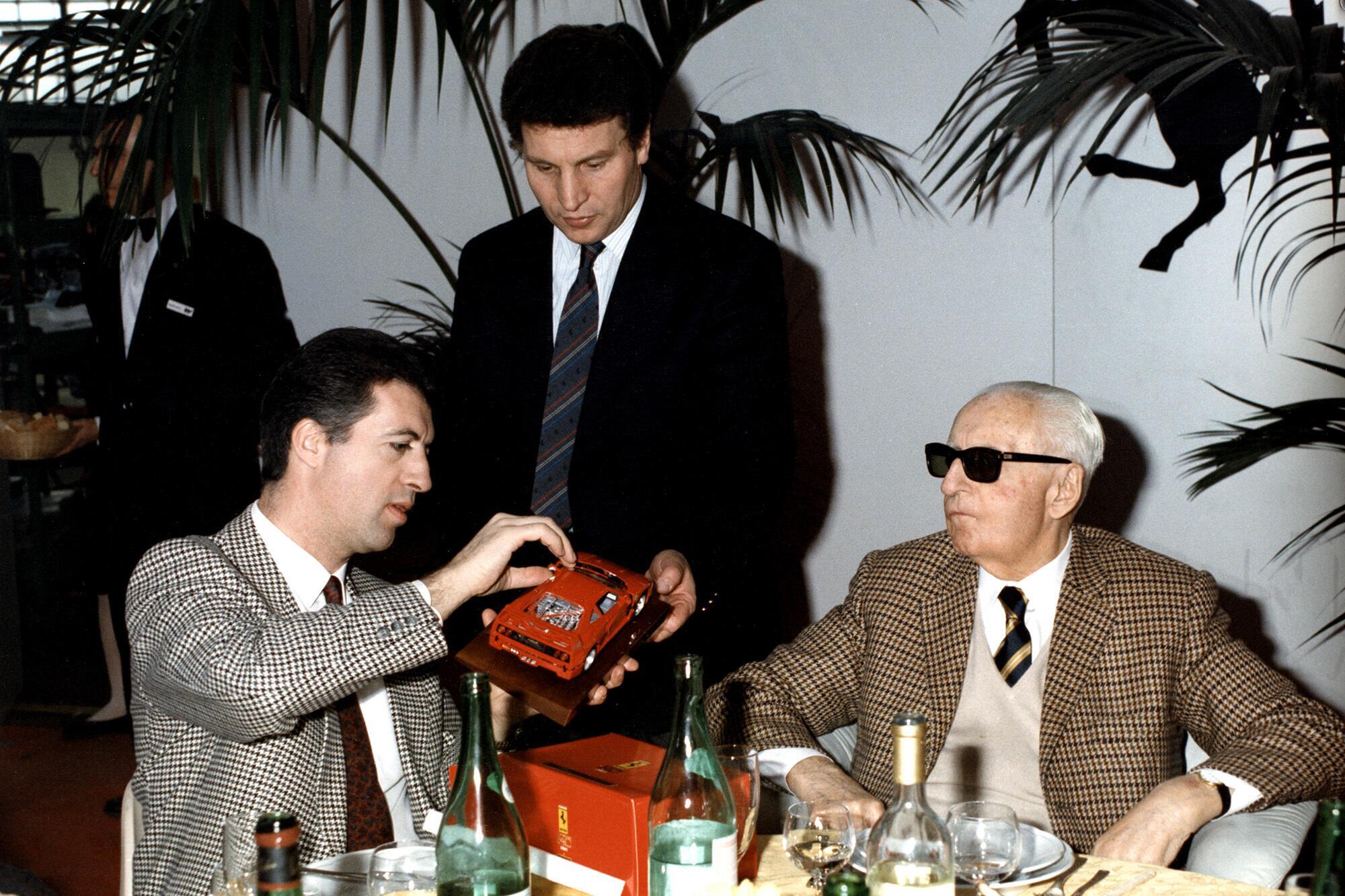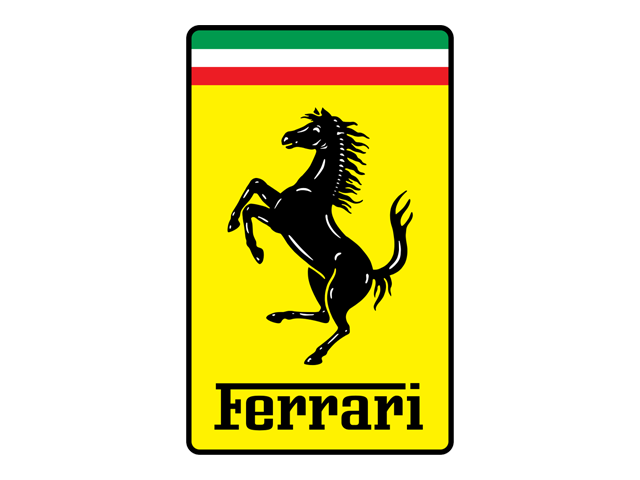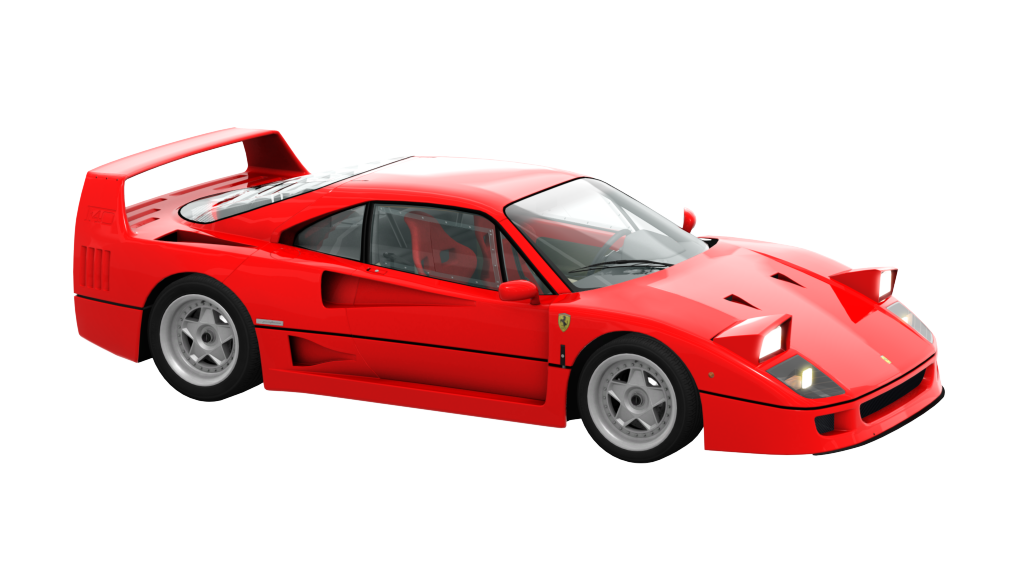F40. Enzo's last Ferrari
09 December 2023 2 min read 5 images
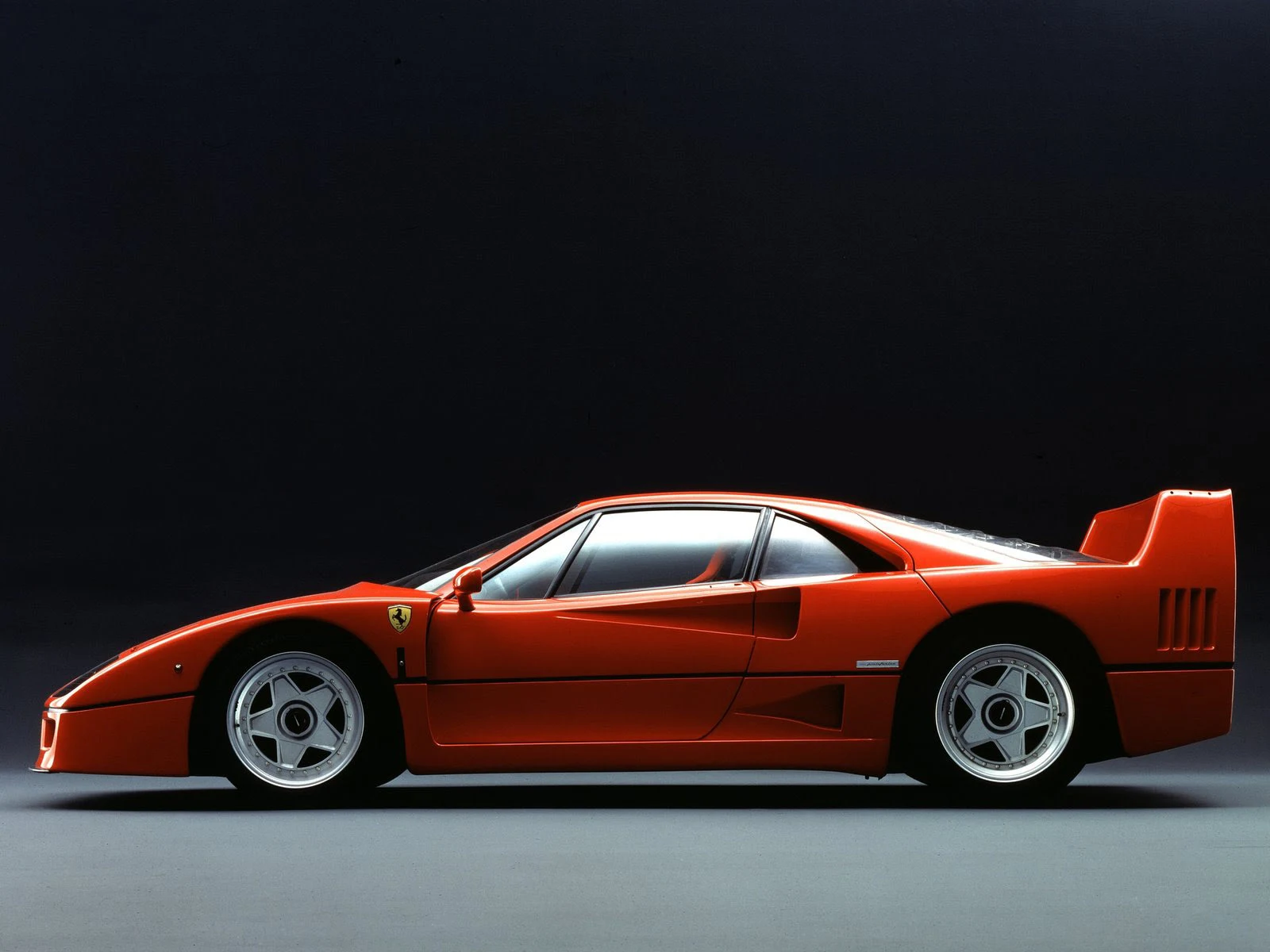
Photo credit: Ferrari, Wheelsage
Who. A man of Enzo Ferrari's stature was always destined to conclude his legacy of triumphs and challenges with something extraordinary. A unique car that celebrated the 40 years of Ferrari's existence, demonstrating the level of technological competence the company had achieved.
Register to unlock this article
Signing up is free and gives you access to hundreds of articles and additional benefits. See what’s included in your free membership. See what's included in your free membership.
Already have an account? Log In
